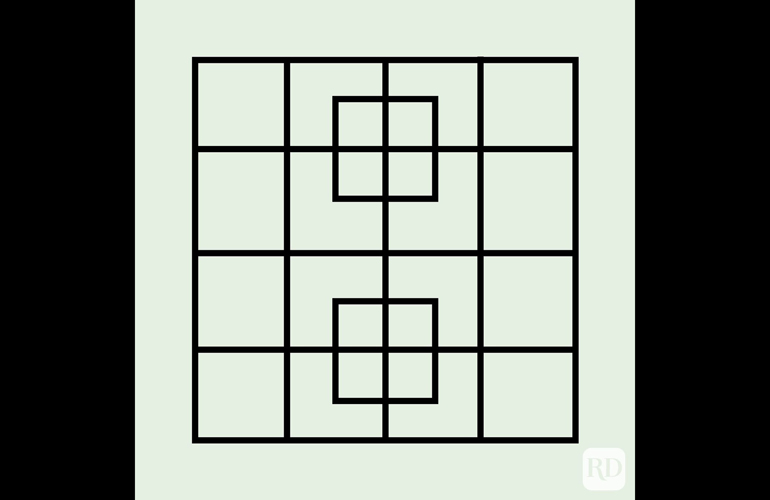| property | value |
|---|---|
| created | $=dv.current().file.ctime |
| modified | =this.modified |
NOTE
I meant this to be about collecting books and the structures that form there, but it ended up being about shapes and waste as well.
Book Architecture
Books have a natural property of “stackability” where they create structures, like walls and buildings. Any reader of physical books will develop these stacks, book towers. If we read enough, and keep the books, you are by secondary effect, a builder of this new book-architecture in the space you inhabit. Towers of towers become walls.
Books become wallpaper and interior design.

I notice these stacks of book are generated wherever I exist for a long time. My office becomes stuffed with books. My car, also books are present.
Not all objects have this property - a curator of shoes, or shirts doesn’t make themselves a home. They make mounds.
NOTE
Similar to a playlist, the book in my backseat will be stacked with books that I select for my car companions based on where we are going. This isn’t even intended to be read (who can read a book in a car?) but more to rifled with.
People, and libraries will try to contain this natural disorder and clutter by shelving.

NOTE
Aesthetics
I don’t really trust anyone who organizes their shelves based on color.
Containing and Organization
Also when we try to contain and organize we impose rectangles onto objects. The home organization section in a store, all rectangles. Sometimes purely rectangles as if introducing them into a chaotic system solves a mess. Boxes for classification. It’s pages of pages of the same shapes.

Books are naturally, often rectangles. These notes, also rectangles in a sense. The boxes we get them in, trivially rectangles (often boxes in boxes, in boxes).
Organization is by default equated with symmetry.
I was just organizing books and I realize another part of this, that is obvious. A box is just walls. That box being walls with empty space in the middle (a hole with zero or little inherent integrity). These organizational squares provide modularity and macro level structure. But what I realized with a large amount of books, you can make boxes out of books themselves. What I mean is you can make strong walls of books, that will protect and contain collapses.
There’s also a lack of light and subterranean quality to deep shelves, and the bottom layers of book stacks. Like imagine yourself a mouse and hide between the cracks of the lower layers.
Film and Photo
Film and photo, though sensible in this have adopted rectangle as the default aspect ratio. This is also a means of organization.
Compound
I guess you can say rectangles are composed triangles or any other configurations, and rectangles themselves allow for that lego-like modularity. But it’s interesting to think of an alternative, like a book that by its very nature infiltrates other spaces in a library. It cannot be fully contained in a space. Something that when stored, leaks.
NOTE
Maybe through marketing a film it leaks. It doesn’t sit on a shelf. It exists in billboards, posters and discussions.
But if you think of it, despite the comfort of books, at least for me the mind reaches towards the woods. The squareness of things becomes aggressively omnipresent. You long to see some trees in their unboundedness. There’s also a stillness to rectangles. You look around your place where you live and everything is still. There’s a peace to it, but it can’t be in isolation.
Waste
Squares stack into one another well obviously.

I see this sentiment
Things in general are square because they are made of other things that are square. And those things are square because they fit together well. You can fill space completely only with flat edged shapes. Pixels, city blocks, chess boards, etc., are all economical. Curves are wasteful.
I’ll play the counter argument to, “Curves are wasteful.” I just find this fascinating in a world that seems obsessed with making waste. A curve takes more thought but can actually be more closely adapted to intent and function. Rectangles are a lowest common denominator, equalized solution that seems made for scale (i.e. packing)
NOTE
This is kind of a weak argument, but the statement curves are wasteful needs to be evaluated.
Maybe another approach would be to love curves when walking. The sense of anticipation and slow revealing that it imparts on a landscape. Perhaps even if this is viewed as “wasteful” excess then it is just wasteful when viewed at a particular axis. You might apply a curve to the experience, end up wasting, but also gaining. You’ll miss all the beautiful and varied detours and sidepaths by a direct flight. You might arrive later, but richer for it.
Box Model CSS
Bin packing
NP-hard problem.